Johannes Segogela's work has been shown in exhibitions and festivals worldwide
The self-reflective phase South Africa finds itself in 20 years into democracy is a precarious place between the end of one era and the beginning of another.
A similar feeling of reflection came about on a recent visit to the latest exhibition of work by Sekhukhune-based artist Johannes Segogela, whose oeuvre consists of a community of miniature sculptures wittingly displaying biblical themes and the moral dilemmas of society in the 21st century.
Viewing his work in the Goodman gallery space led to questions as to why an artist such as Segogela, with more than three decades of making art behind him, seemed overlooked yet remains precariously positioned in the contested terrain of what is considered “high” art, and therefore “good” art.
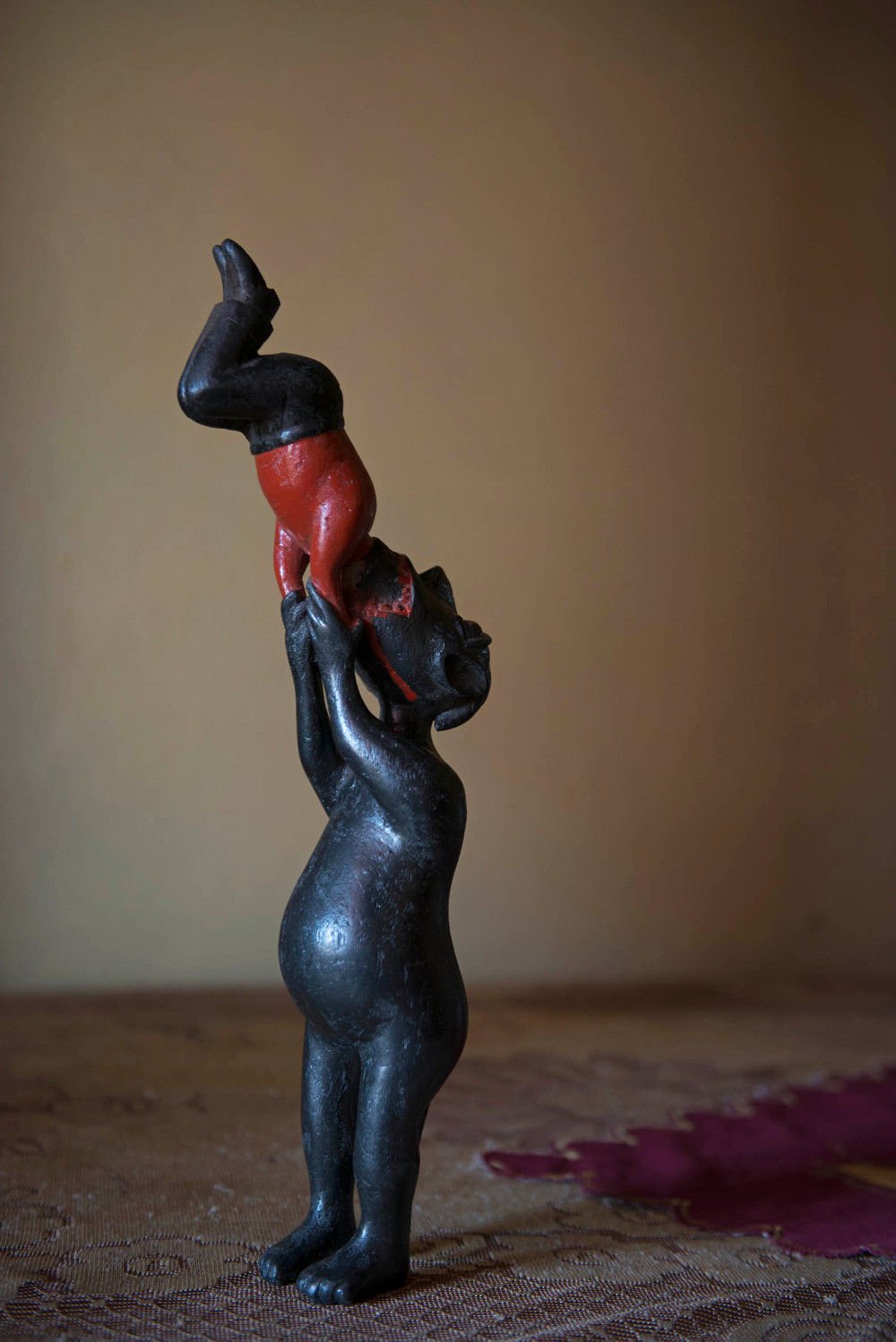
Johannes Segogela’s work is available to view at the Goodman Gallery in Rosebank, Johannesburg. (Paul Botes, M&G)
The gallery suddenly became a charged space, inciting a debate about what criteria “good” art is measured by and, more importantly, what role institutions play in shaping these criteria.
Born in a former homeland that is now part of Limpopo, where he works and lives, Segogela and some other artists, such as Jackson Hlungwani, share a similar trajectory: in the early 1980s there was a favourable reception for their work from what was then a predominantly white art market.
‘Rural’ artists
They were referred to as “rural” artists, and were often categorised as such based on their geographical background and lack of formal training. But in the early 1990s something happened to these artists. They became less visible and, except for a handful, were relegated to a historical epoch marked by a range of ambiguities, assumptions and, at times, misrepresentations.
Although the majority of artists working in a similar terrain have disappeared from view, Segogela and Hlungwani continue to feature in major exhibitions and art spaces – albeit sporadically, but often framed in a very particular way.
This grey area of “betweenness” they are in speaks poignantly to the conditions and mechanisms that make them visible to the public.
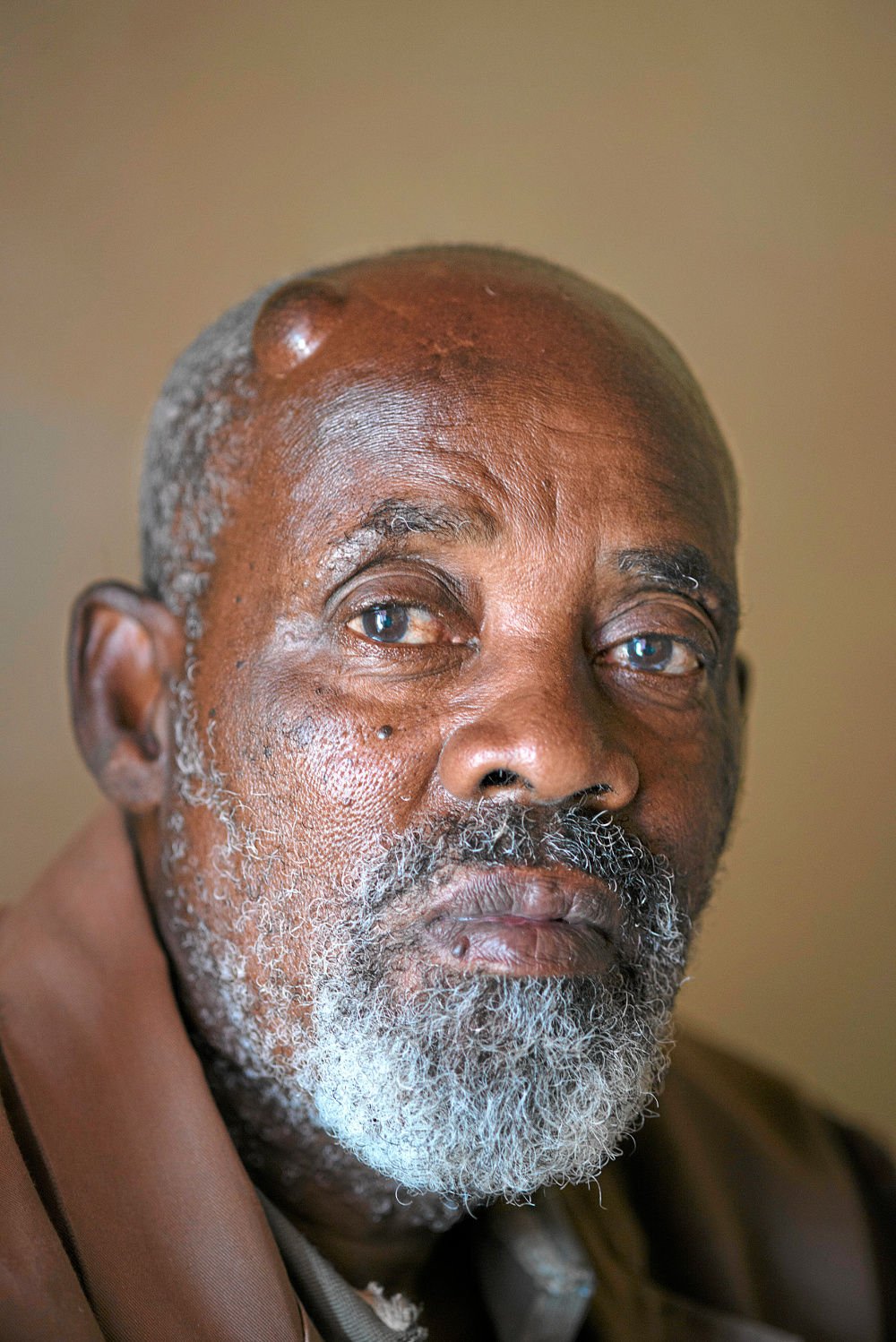
‘Rural artist’ Johannes Segogela.
To reflect on the trajectory of these artists, it is necessary to map the context in which they first appeared on the scene. This may further explain why an artist such as Segogela is still relatively “unknown” in South Africa despite his appearance in recent major international exhibitions such as Peekaboo (2011), held at the Helsinki Art Museum in Finland, and My Joburg (2013) at La Maison Rouge in Paris.
In the prime of his career, Segogela’s work featured in international art fairs and major art festivals such as Art Basel (1989) and the Venice Biennale (1993), a period I consider the “rural art paraphernalia phase” – a time in which a number of South African art institutions and private collectors began to acquire works by some of these artists for their collections.
Redressing the past
This was seen as an attempt to redress the exclusionary acquisition policies of the past, but it also created conditions that ultimately set up an unfavourable precedent for how certain art forms would be received into the art canon and viewed by the public.
There are a variety of factors that may have influenced these conditions, one being how these art forms were subsequently clustered into a convenient package and marketed. Like the flavour of the month, the art world groped at the novelty of these artists, writing them into the historical art narrative in a way that ultimately shaped perceptions about their artistic practices.
Often described as a whimsical character – inspired by dreams, visions and other celestial encounters – Hlungwani, much like Segogela, enjoyed a vibrant career for a short period before he died in 2010.
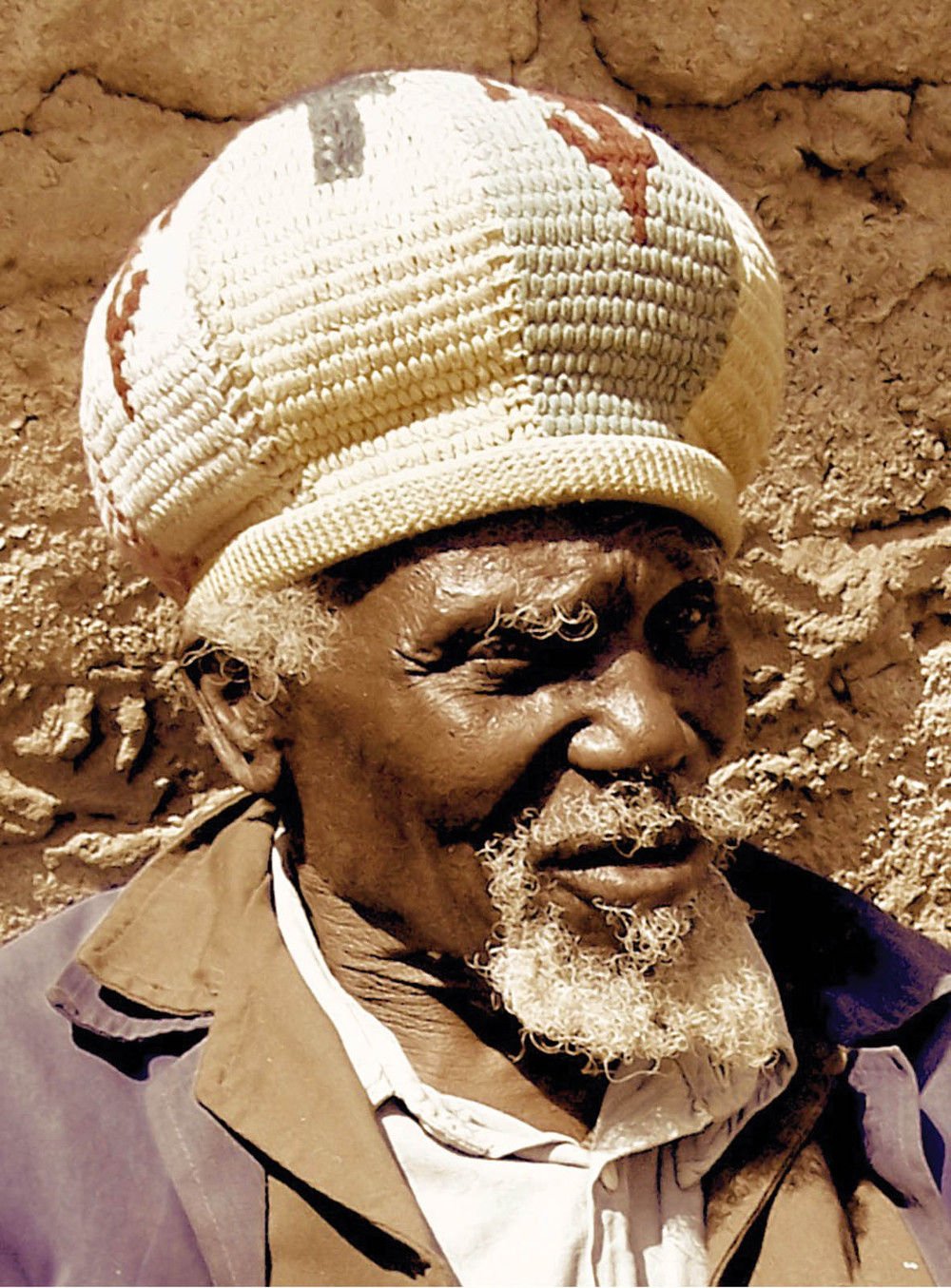
The late artist Jackson Hlungwani.
Hlungwani’s meticulous attention to detail and exceptional dexterity with his chosen medium leave viewers in awe. He was born in Nkanyani in Limpopo, where he lived and worked in the village of Mbokota. There he built a shrine he called New Jerusalem for himself and his followers.
The most important part of New Jerusalem were two altars – the Altar of God and the Altar of Christ – where Hlungwani held his sermons and prayers. The works were site specific and intertwined with the rituals and spiritual significance of the place.
Both of these works can no longer be experienced in the same way because they were removed from the site for Hlungwani’s first retrospective exhibition in Johannesburg in 1988 and subsequently purchased by local art institutions.
International exposure
His work has been shown internationally and is now held in some major art museums and private collections, both locally and internationally. Yet at a recent first retrospective of his workat the Polokwane Art Museum in his home province, the enigmatic aura of the artist and healer seemed bleakly absent from the work – the dearth was not owed to any curatorial weaknesses but rather the absence of some of his seminal works.
This is not to disregard the significance of other works on the show – and one has to bear in mind that there are logistical nightmares associated with including certain works in an exhibition in terms of transportation, insurance and complex loan agreements.
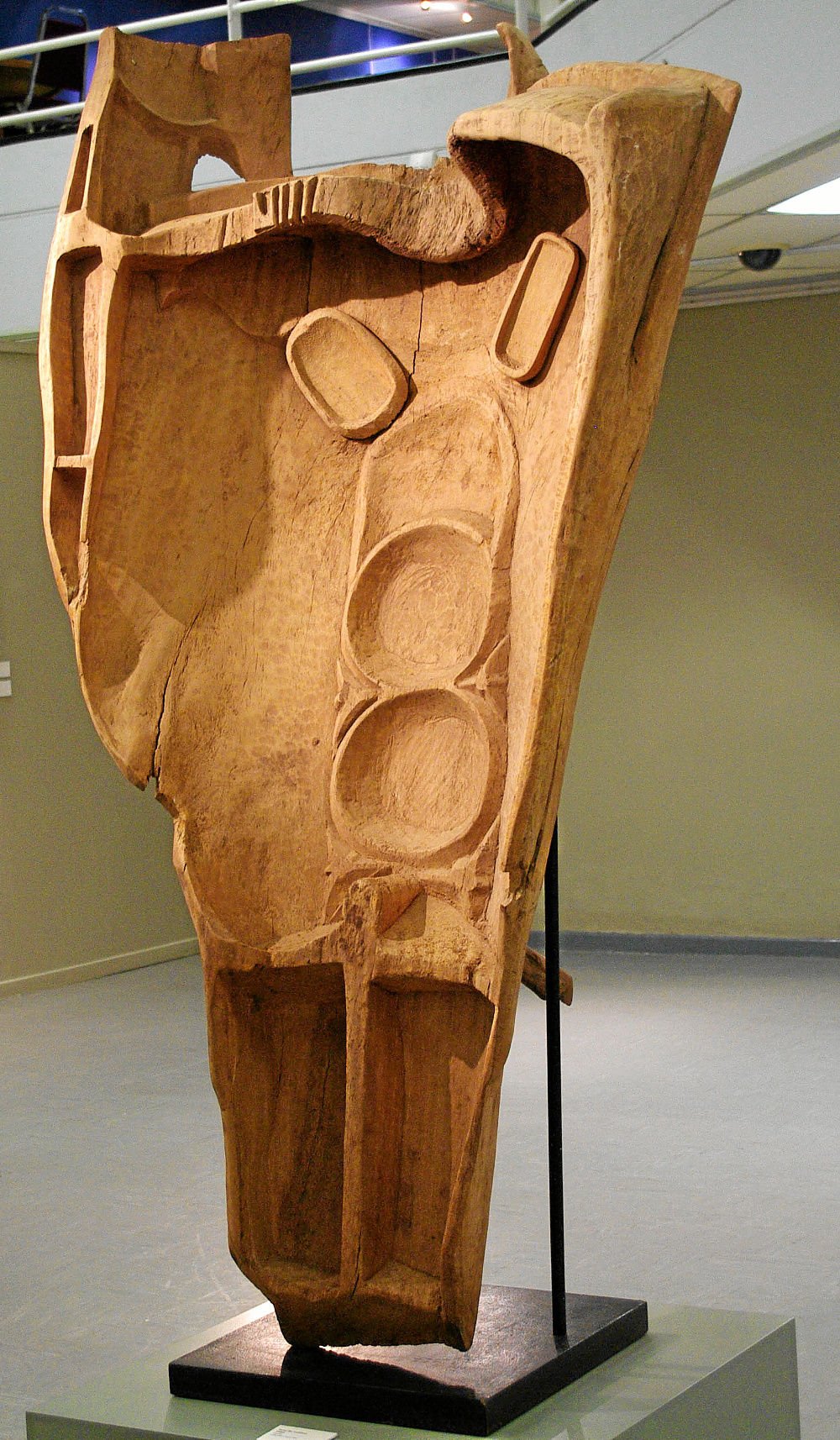
Jackson Hlungwani carved huge wooden sculptures.
The retrospective subtly highlights what is excluded and what is not – and the way in which this is intrinsically linked to larger questions about the role institutions play in shaping perceptions and determining the visibility of certain artists.
Let’s put aside the widespread speculation that art markets are infamous for influencing, if not manipulating, the value of certain artists and examine the notion of visibility, because it presents greater implications, namely the unscrupulous tendency to stimulate the reception – if not rejection – of certain ideas.
The recent “visibility” of artists such as Segogela and Hlungwani in mainstream institutions signifies an accentuation of the disparities that give certain artists access to the market, who are then received into certain art spaces.
In his latest exhibition, Segogela’s work is shown concurrent with that of a prominent photographer in a separate space in the same gallery. The two artists cater to very different markets, but how the two are marketed and presented to the public makes this difference that much more pronounced.
Minimal engagement
There appears to be little engagement with Segogela’s work, at least from a curatorial perspective, whereas the other artist has sponsorship support and another show on at the same time at a separate institution, both amalgamated by a panel discussion and talk at the respective venues.
A dialogue is created around the one artist while the other is relegated to a kind of “curio” status, with no artistic statement or theoretical discourse backing his work.
It may be that audiences are simply not interested in the one artist, but by drawing these analogies something is revealed about how institutions tend to generate, if not dictate, which narratives are told.
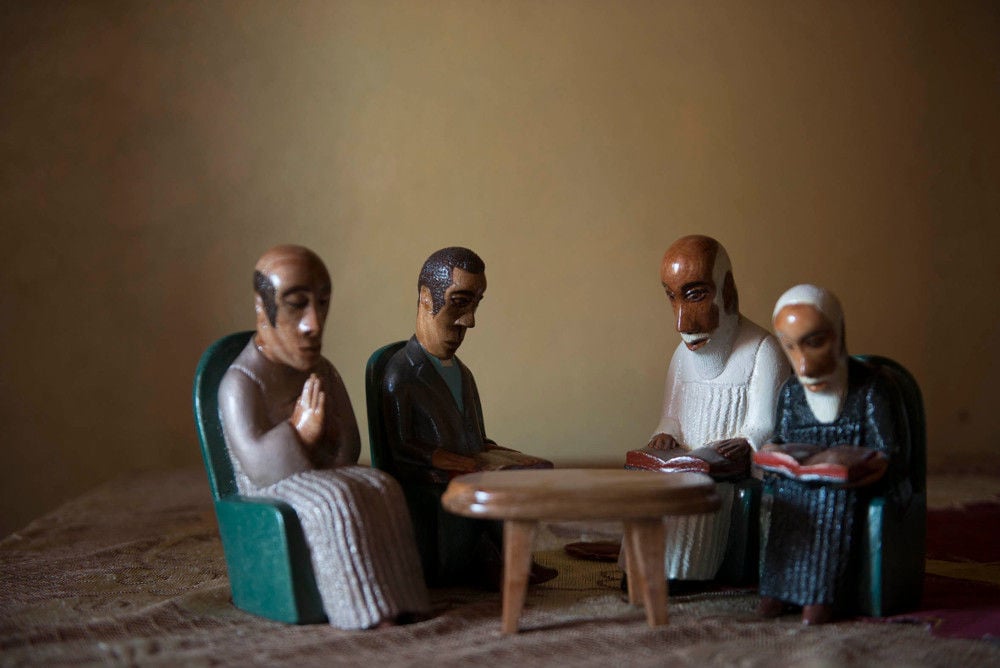
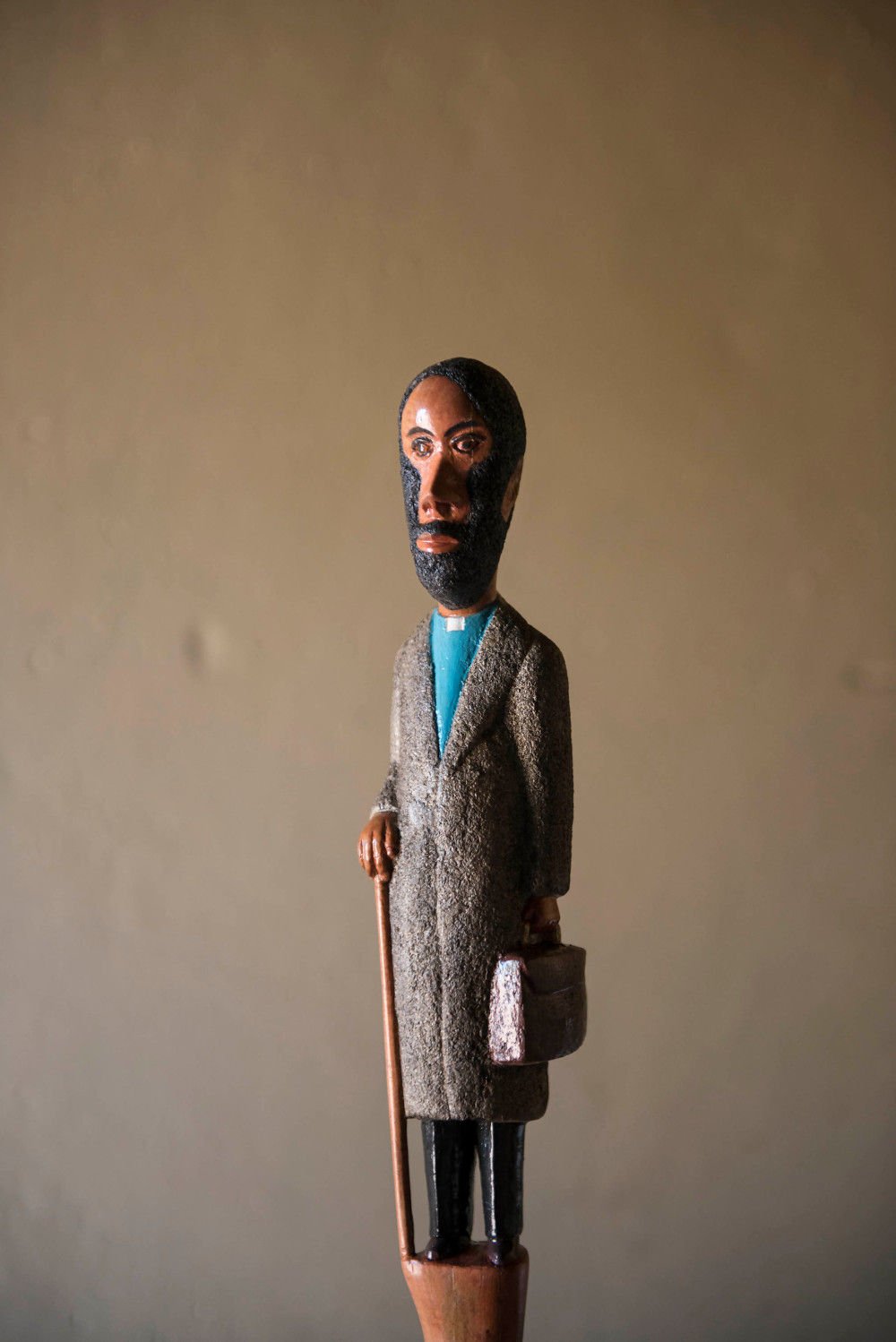
Johannes Segogela’s carefully carved sculptures often feature biblical themes and the moral dilemmas of society. (Paul Botes, M&G)
Issues of race, gender and politics are of major current interest to the media and the public, and artists dealing with these concerns will inevitably be more visible in the public domain.
Certain mediums such as photography have also been given prominence, partly because of the way in which they feature strongly in people’s daily lives and because of their marketability.
Marginalised artists
It is not entirely surprising then that artists such as Segogela should be somewhat marginalised because of a lack of engagement with their work from the public and the media.
Institutions do not have to support artists whose work they collect or exhibit; they do, however, have a certain responsibility to encourage a more rigorous engagement with the artists and the works they present to the public. Galleries and other institutions reflect society and owe it to the publics they serve to be impartial and objective about which narratives are told and made visible.
This means engaging in programmes that will raise impassioned debates and also contribute meaningfully towards inclusivity and cultural cohesion so that the self-reflective phase, although sometimes filled with uncertainty, can become an encouraging place for the upsurge of diverse aesthetics and new narratives to emerge.
Jackson Hlungwani’s retrospective is scheduled to travel to the University of Johannesburg Art Gallery in June.
Same Mdluli is a history of art PhD candidate at the University of the Witwatersrand’s school of arts. In 2012 she won a mentorship award from the South African Arts Writers & Critics Association and a postgraduate merit award from the University of the Witwatersrand to further her studies.